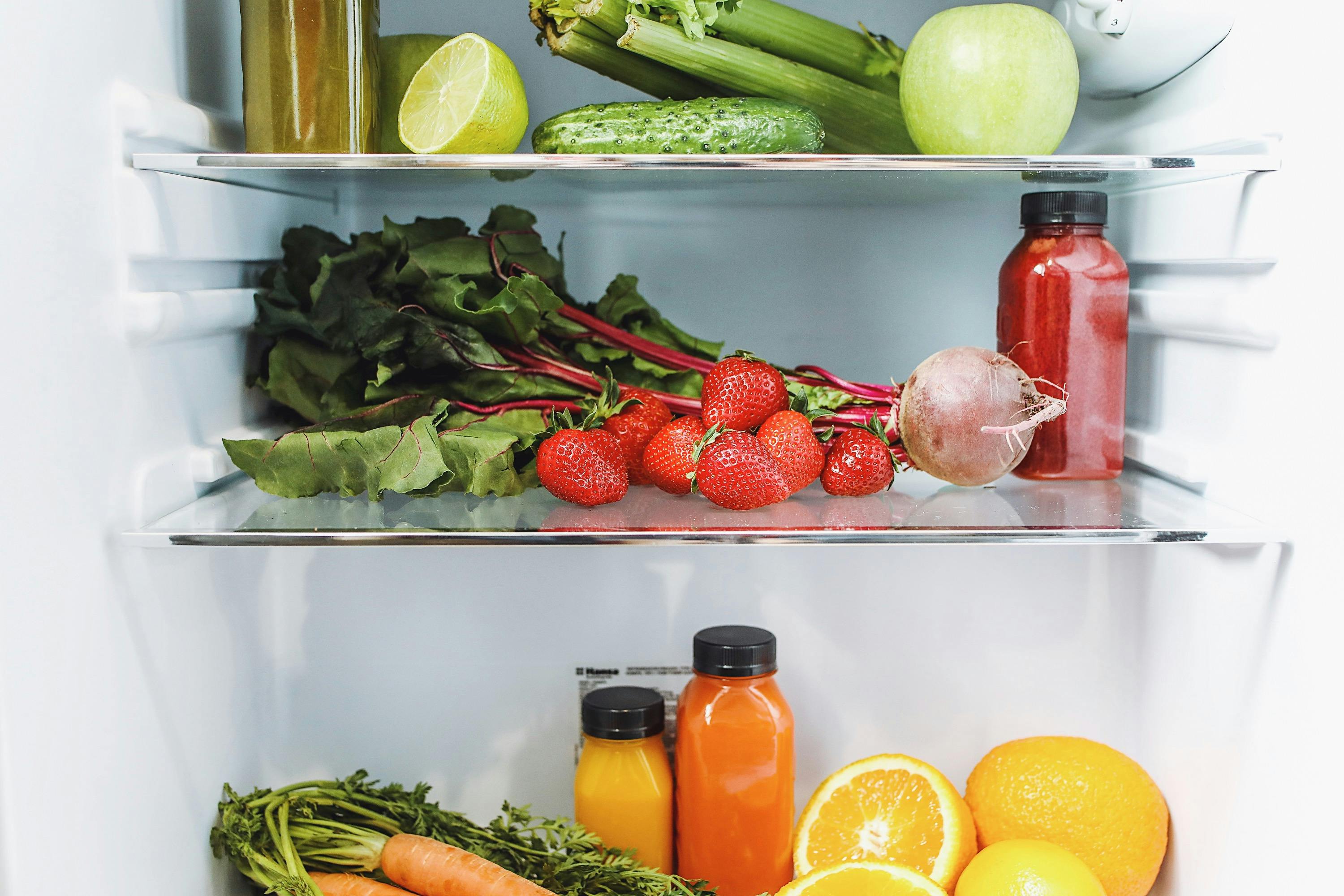Published 14:16 IST, March 31st 2024
Find out more about ways like reheating to ensure your leftovers are safe to be consumed.
Advertisement
Enjoying leftovers is a smart way to manage your food resources, cut down on waste, and save on daily cooking time. However, making sure that leftovers remain safe to consume is pertinent to avoid the risk of food-borne illnesses. Here are essential tips to safely handle, store, and reheat one's leftovers, as per a Medical News Today report.
Prompt refrigeration is crucial
Bacteria thrive in warm environments and can double in number every 20 minutes. To mitigate this risk, it’s vital to refrigerate or freeze leftovers within two hours of cooking. This rapid cooling process helps inhibit bacterial growth, making the food safer for later consumption. Remember to cover you're leftovers tightly with clingfilm or airtight lids to minimise exposure to air, which most pathogens require for growth.
Advertisement

Advertisement
Storing and consuming within safe timeframes
To ensure leftovers remain safe to eat, they should be stored in a fridge set between 0 and 5°C. This temperature range slows down the proliferation of harmful bacteria. It’s advisable to consume refrigerated leftovers within two days to minimise the risk of bacterial contamination, including pathogens like Listeria, known for its resilience in cooler temperatures.
For those leftovers you don’t plan on consuming within two days, freezing is a viable option. Properly stored, leftovers can remain safe for up to three months in a freezer set at -18°C.
Advertisement

Advertisement
Safe reheating practices
When it comes to reheating, achieving an internal temperature of at least 74°C is crucial for safety. Whether using an oven—preheated to a minimum of 325°F—or a microwave, ensure the food is heated evenly throughout. Slow cookers, however, are not recommended for reheating due to their slow heating process, which could allow bacteria to thrive.
Also, people should avoid reheating leftovers more than once as each time a food warms and cools, it provides the right temperature and amount of time needed for any harmful bacteria to start to re-grow.
Advertisement
14:16 IST, March 31st 2024